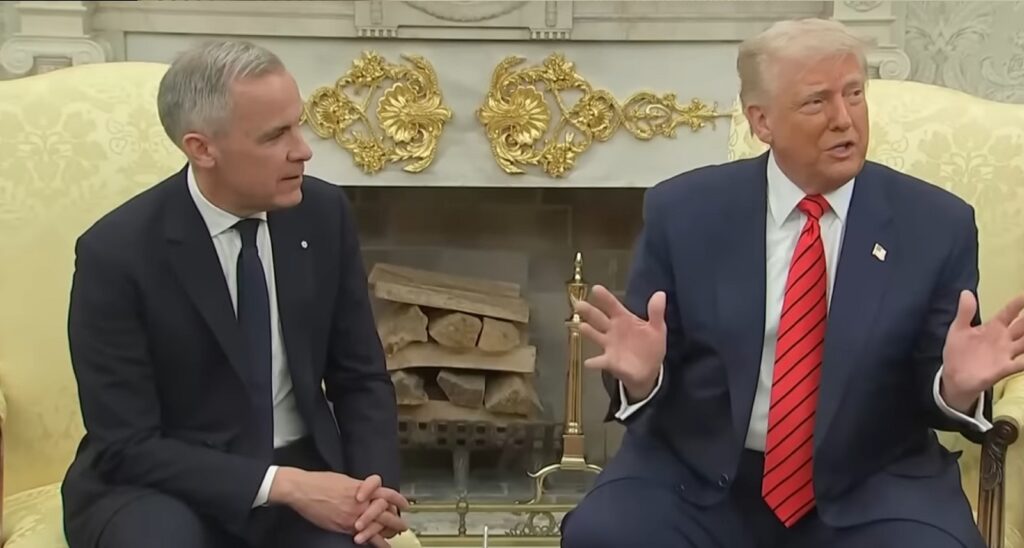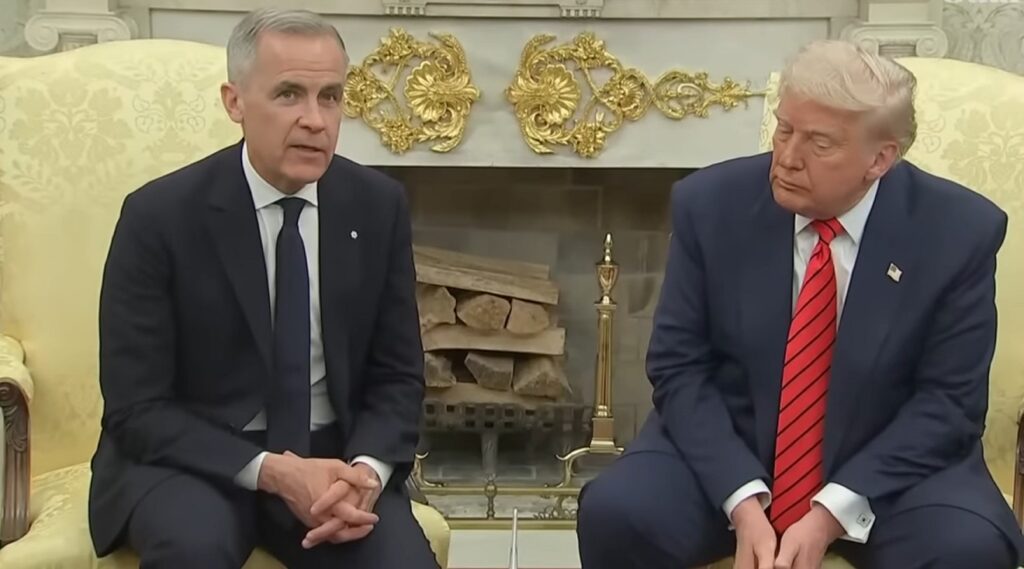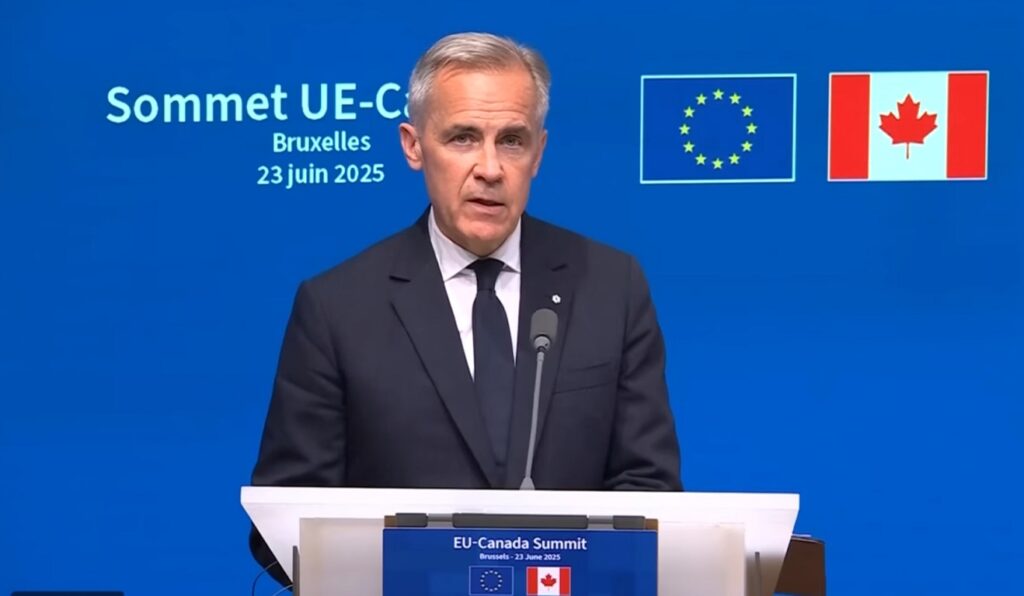
U.S. President Donald Trump announced on Thursday that a 35% tariff will be applied to Canadian imports starting August 1, citing Canada’s retaliation on earlier U.S. tariffs and concerns over fentanyl smuggling.
In a letter shared on Truth Social, Trump said Canada responded to earlier U.S. tariffs by launching its own duties. “Instead of working with the United States, Canada retaliated with its own Tariffs,” he wrote to Canadian Prime Minister Mark Carney.
Trump linked the new tariff directly to fentanyl trafficking, stating, “If Canada works with me to stop the flow of fentanyl, we will, perhaps, consider an adjustment to this letter.”
According to U.S. Customs and Border Protection, 43 pounds of fentanyl were seized at the northern border in 2024, with an additional 58 pounds confiscated so far in 2025.
In response, Prime Minister Carney posted on X (formerly Twitter), “Canada has made vital progress to stop the scourge of fentanyl in North America. We are committed to working with the United States to save lives and protect communities in both our countries.”
Carney also said Canada will keep defending its businesses and workers as the two nations move toward the August 1 deadline.
Trump clarified that the 35% tariff is separate from existing ones and warned that if Canada responds with more tariffs, the U.S. will increase its tariffs even further. Currently, Canada is already facing:
- 50% tariffs on steel and aluminum
- 25% on autos
- A new 50% levy on copper, also beginning August 1

In addition, most other Canadian goods imported into the U.S. face a 25% tariff, introduced earlier in 2025 over Canada’s alleged connection to fentanyl trafficking. Products under the USMCA agreement are exempt, and Canadian energy imports have a lower 10% tariff.
Trump warned, “If for any reason you decide to raise your tariffs, then, whatever the number you choose to raise them by, will be added onto the 35% that we charge.” He also said that any attempts to evade tariffs through transshipment will still be penalized at the higher rate.
The future of these tariffs, Trump hinted, will depend on how U.S.-Canada trade relations evolve. He also pointed out that Canada has various tariff and non-tariff barriers, which he claims have led to a damaging trade deficit for the U.S.
“Canada has many Tariff, and Non-Tariff, Policies and Trade Barriers, which cause unsustainable Trade Deficits against the United States,” Trump wrote. “The Trade Deficit is a major threat to our Economy and, indeed, our National Security!”
The announcement came just days after the two countries agreed to resume trade talks on June 29, aiming to finalize a deal by July 21, according to Canada’s Department of Finance.
Previously, Trump had threatened to stop all trade talks over Canada’s proposed digital services tax, which targeted U.S. tech firms. Canada withdrew that tax to restart negotiations.

In retaliation for U.S. duties, Canada had imposed 25% tariffs earlier this year on U.S. goods like steel, aluminum, vehicles not covered by USMCA, computers, clothing, and food. These countermeasures will stay in place, Ottawa said, “until the U.S. eliminates its tariffs against Canadian steel and aluminum products.”
In 2024, the total goods trade between the U.S. and Canada was $761.8 billion, with the U.S. posting a $62 billion trade deficit, according to U.S. Census data. In the first five months of 2025, that deficit rose nearly 10% to $25.6 billion.
Separately, Trump told NBC News he also plans to increase blanket tariffs on most U.S. trading partners to 15% or 20%, up from the current 10%. This signals a tougher trade stance as Trump’s administration reshapes U.S. global trade strategy.